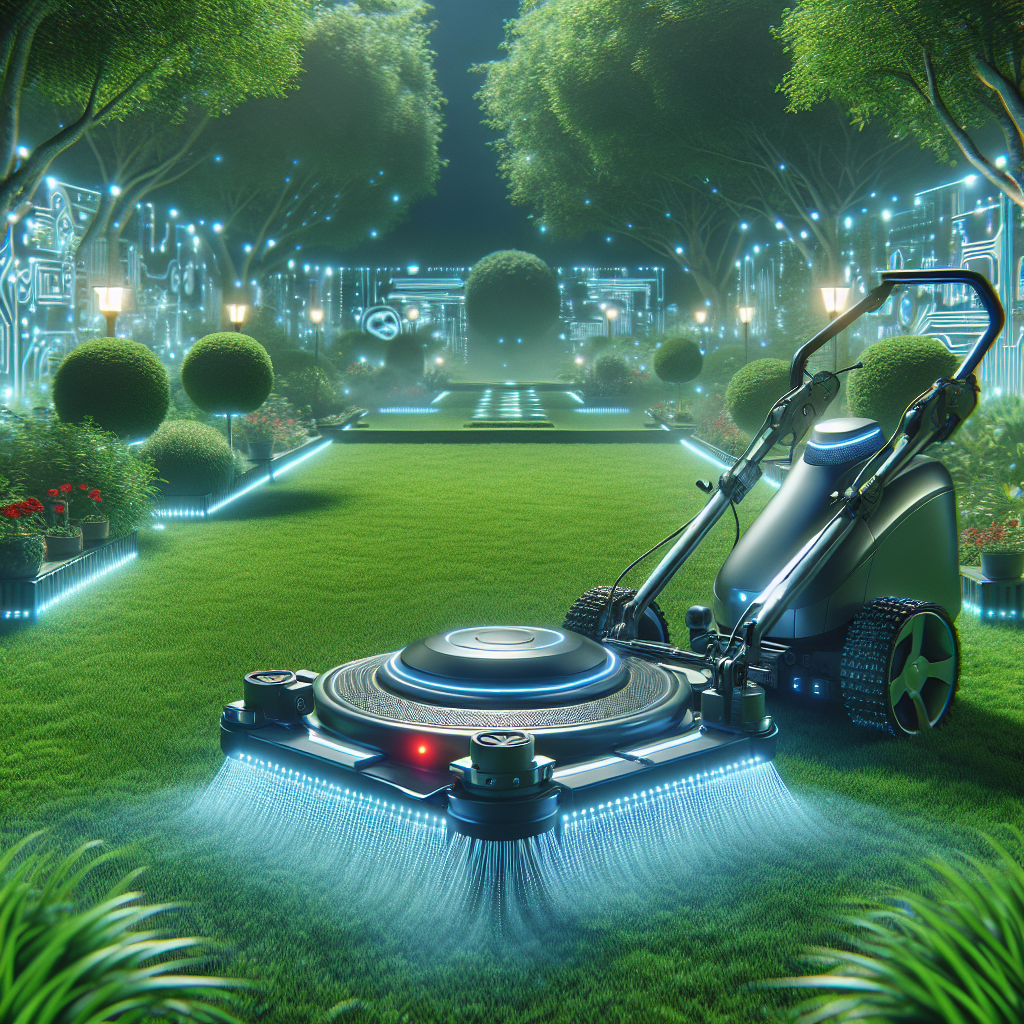Overview of the Importance of Proper Lawn Care
Proper lawn care is essential for maintaining the health and aesthetics of your outdoor space. A well-maintained lawn not only enhances the curb appeal of a property but also provides numerous environmental and social benefits. According to the Environmental Protection Agency (EPA), a healthy lawn contributes to oxygen production, air purification, and temperature regulation.
Statistics on the Benefits of a Well-Maintained Lawn
- Increased property value by up to 20%
- 50% less runoff of chemicals and pesticides into water sources
- Reduction of carbon dioxide emissions through photosynthesis
Lawn Maintenance Best Practices
Mowing Techniques for Different Grass Types
Choosing the right mowing height and frequency is crucial for promoting healthy grass growth. According to Dr. Mary Meyer, a professor of horticulture at the University of Minnesota, "Mowing height influences root depth and turf density. Taller grass has deeper roots and shades the soil, reducing water evaporation."
Watering Schedules and Efficient Irrigation Systems
Effective watering is key to a lush lawn. Turfgrass experts recommend watering deeply but infrequently to encourage deep root growth and drought tolerance. Installing efficient irrigation systems like drip irrigation or smart controllers can help conserve water and reduce runoff.
Fertilization and Soil Health Management
Fertilizing your lawn with the right nutrients at the proper time is essential for strong, healthy grass. Soil testing can identify nutrient deficiencies and pH imbalances, allowing for targeted fertilization. Dr. Nick Christians, a turfgrass specialist at Iowa State University, emphasizes the importance of a balanced fertilization program: "Applying the right type and amount of fertilizer will promote healthy growth without excess that can harm the environment."
Weed and Pest Control Strategies
Preventing and managing weeds and pests is a critical aspect of lawn maintenance. Integrated pest management (IPM) combines cultural, biological, and chemical control methods to minimize environmental impact. Dr. Linda Chalker-Scott, a horticulturalist at Washington State University, recommends, "Targeting specific pests with the least toxic control methods can protect beneficial insects and organisms in the lawn ecosystem."
Aeration and Overseeding for Lawn Rejuvenation
Periodic aeration and overseeding can rejuvenate compacted or thinning lawns. Dr. Karl Danneberger, a turfgrass scientist at Ohio State University, explains, "Aeration reduces soil compaction and allows oxygen, water, and nutrients to reach the grassroots. Overseeding fills in bare spots and introduces new grass varieties for a healthier lawn overall."
Case Studies
Case Study: Transforming a Neglected Lawn into a Lush Oasis
In a suburb of Chicago, a landscaping company took on the challenge of revitalizing a neglected lawn overrun by weeds and bare patches. By implementing a comprehensive care plan including dethatching, aerating, overseeding, and targeted weed control, the team successfully transformed the lawn into a thick carpet of vibrant grass within a few months.
Case Study: Resolving Common Lawn Problems through Tailored Care
A homeowner in California struggled with persistent crabgrass and brown patches despite regular maintenance efforts. Consulting with a local horticulturist, they identified the underlying soil acidity issues and adjusted the fertilization and watering practices accordingly. With personalized care and ongoing monitoring, the lawn regained its health and vigor.
Expert Insights
Quote from a Horticulturist on the Significance of Seasonal Lawn Care
According to Dr. Doug Soldat, a soil scientist and horticulturist at the University of Wisconsin-Madison, "Seasonal lawn care practices like dethatching in spring and aerating in fall can have a significant impact on turf health. Understanding the seasonal needs of your grass species is key to achieving optimal growth."
Insights from a Landscaper on the Importance of Proper Equipment Maintenance
Tom Johnson, a seasoned landscaper with over 20 years of experience, emphasizes the role of equipment maintenance in lawn care: "Regular blade sharpening, oil changes, and filter replacements are essential for ensuring clean cuts and efficient operation. Neglecting equipment maintenance can lead to poor results and costly repairs down the line."
Environmental Considerations
Sustainable Lawn Care Practices
Incorporating eco-friendly practices into your lawn care routine benefits both the environment and your lawn's long-term health. Using organic fertilizers, composting grass clippings, and mulching leaves can reduce chemical runoff and improve soil quality.
Green Alternatives to Traditional Lawn Care Products
With growing concerns about the environmental impact of conventional pesticides and herbicides, many homeowners are exploring natural alternatives. Essential oils, beneficial nematodes, and corn gluten meal are effective eco-friendly options for controlling pests and weeds.
Xeriscaping and Drought-Resistant Landscaping Solutions
In regions prone to water scarcity, xeriscaping offers a drought-resistant landscaping approach that reduces water usage and maintenance requirements. Planting native drought-tolerant species, incorporating mulch to retain soil moisture, and installing rainwater harvesting systems are key components of xeriscaping.
Conclusion
Effective lawn care practices are essential for maintaining a healthy and vibrant outdoor space. By implementing proper mowing techniques, watering schedules, fertilization methods, and pest control strategies, homeowners can achieve lush and sustainable lawns. Regular maintenance, including aeration, overseeding, and seasonal adjustments, is key to long-term lawn health.
Call to Action
For personalized lawn care advice and tailored maintenance plans, consider consulting with a professional lawn care service in your area. Additionally, explore further reading on advanced lawn care techniques, environmental stewardship, and industry trends to enhance your knowledge and skills in sustainable lawn management.
Topics




